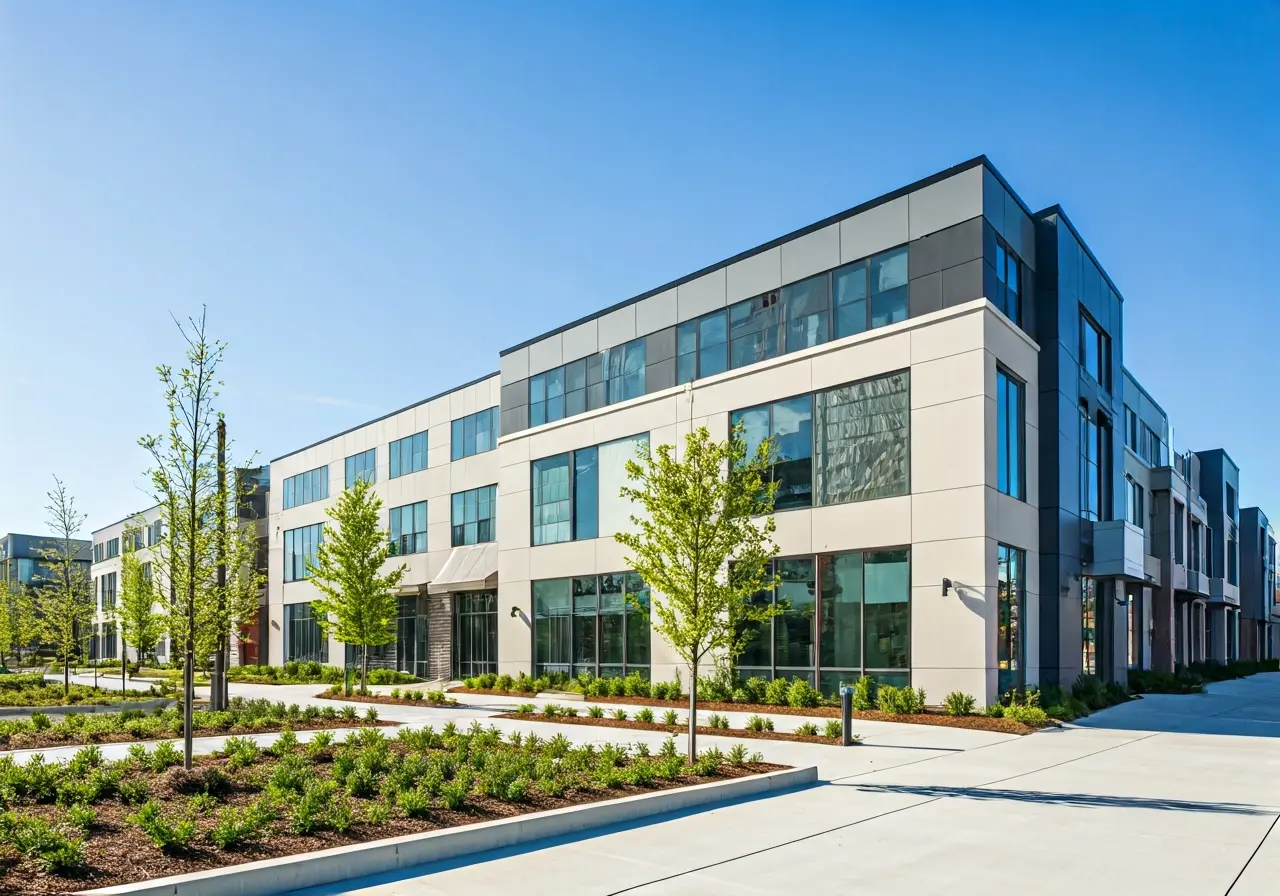While so much of our daily life feels stuck in neutral, technology development has shifted into overdrive to meet the demands of our “new normal”. For businesses, adapting to or adopting cutting-edge tech is no longer a SMART goal for the IT department— it’s make or break in the wake of COVID-19. From retail to senior living facilities, our clients are exploring three technology trends to help minimize contact and maximize customer experience:
5G Mobile Data Networks
Available for the first time in 2019, 5G networks are quite literally changing the way we communicate. Seemingly instant transmissions for person-to-device and device-to-device communication are no longer the stuff of sci-fi storylines. Despite its initial limitations due to cost, cities and rural areas alike are now diving deep into the benefits of a digitally-connected community. So-called “smart cities” are exploring the use of self-regulating traffic signals that control the flow of commuters based on instant-read data during rush hours and one-off events. Healthcare and senior living facilities are already discussing how to implement IoT-based monitoring on patients to provide more physical freedom and better protection against preventable injuries, as well as faster containment of sharable illnesses.
For manufacturers, including medical and surgical verticals, 5G’s expansive bandwidth creates the opportunity to transfer decades of data from legacy machinery to IoT-based equipment. In the short term this offers a notable decrease in CAPEX costs and a much lower dependency on assets that become harder and costly to repair. Longer-term, the ability to connect and monitor an entire network of facilities holds enormous promise for streamlining and protecting supply chains.
For me and you, this momentum will likely result in much more affordable 5G data plans with greatly improved coverage. As COVID-19 continues to reshape the face of business, with people staying in and working from home at unprecedented rates, access to 5G mobile internet may easily become a vital utility for areas with no or low internet coverage.
Extended Reality (AR, VR & MR)
It’s still unclear when (and if!) the standard 9-5 office will reopen. The longer we opt to quarantine and work remotely, the faster we’ll need to advance virtual meeting spaces. While video conferencing is nothing new, the experience can lack much of the person-to-person connection required for a successful exchange of ideas. By investing in and implementing more immersive experiences through augmented (AR), virtual (VR) and mixed (MR) realities, consumers and businesses alike will develop the confidence to maintain no-contact relationships.
Retail brands across the globe are experiencing a much more urgent need for XR (extended reality). While the surge in online shopping is not likely to end anytime soon, brands are struggling to connect with new customers. (We all know the pain of blisters from buying a new brand of shoes!) Now, online clothing retailers are reassessing the need for dressing room innovations that use AR and a smartphone to overlay rendered garments onto your body for a real-feel experience (mirror twirling is highly encouraged). A year ago, this was a “nice-to-have” conversation in terms of helping brands accommodate a wider range of body sizes and shapes without recalibrating warehousing and merchandising processes. By the end of this year, this need could drive business almost entirely.
These advancements are also critical for any industry where hands-on training is required. Modifications to VR and MR simulators could explore new levels of biofeedback for risk-free, real-time practice in areas such as nursing, machine operation, commercial farming, cybersecurity and countless others. Building these new virtual environments could also have magnificent implications for the customer service industry. Imagine the positive impact for brands if customers could “meet” with someone and show them an issue with a product rather than sending static photos to a chat bot!
NanoSeptic® Surfaces
Ever pressed an elevator button with your elbow? Or flushed a public toilet with your foot? A healthy appreciation for germy spaces has gotten us far in life but some things can’t be left up to chance. NanoSeptic Surfaces, invented by Virginia-based NanoTouch Materials, is taking the guesswork out of cleaning by harnessing the power of oxidation. By covering public touch points like buttons, handles, keypads, and screens with their innovative NanoSeptic Skins, these areas are continuously sanitized. According to their website, the overlays are charged by visible light to produce free radicals that “continually oxidize organic contaminants”. With a limitless shelf life and no consumable components, the skins only need to be replaced when they become worn down from overuse.
The immediate markets are obvious — healthcare practices of all varieties, retail and mixed-use developments are already stocking up. Looking a little wider, it’s easy to see the opportunities for education facilities, municipalities, hospitality and public transportation. While it may seem simple on the surface (we had to say it once), the ability to break down viruses and bacterias at a microscopic level without introducing chemical toxins is a giant step toward safely reopening businesses in our post-pandemic communities.
At infinitee, we’ve spent the last 30 years helping brands stay ahead of the curve. Want more info on how our team can help you assess and implement new technology in your business? Just give Vince a call.

.jpg)
